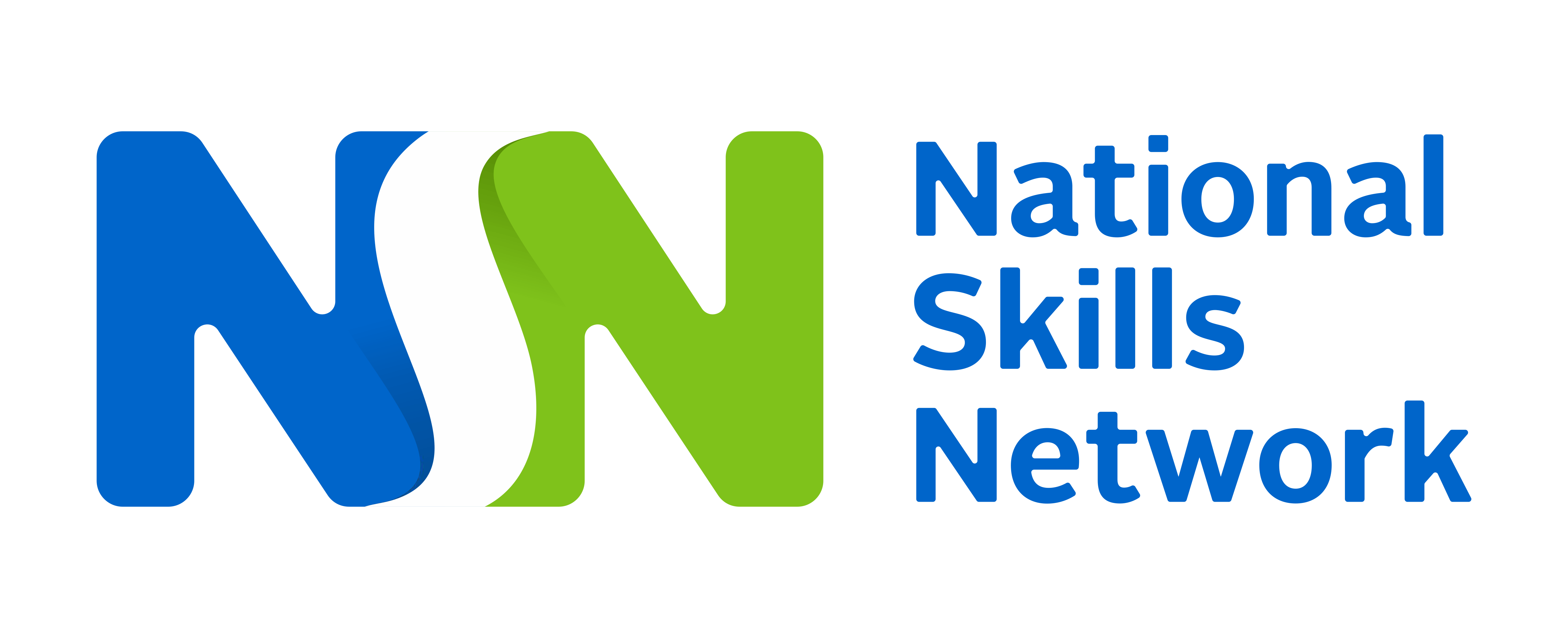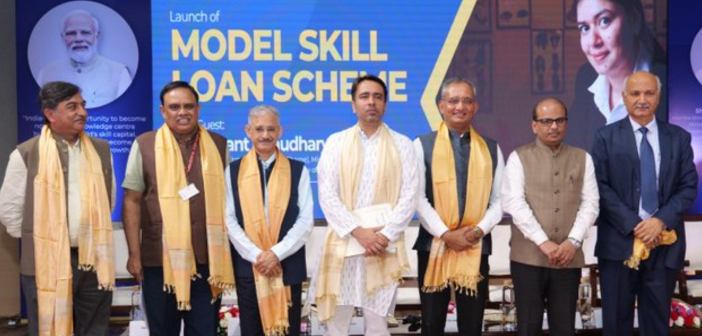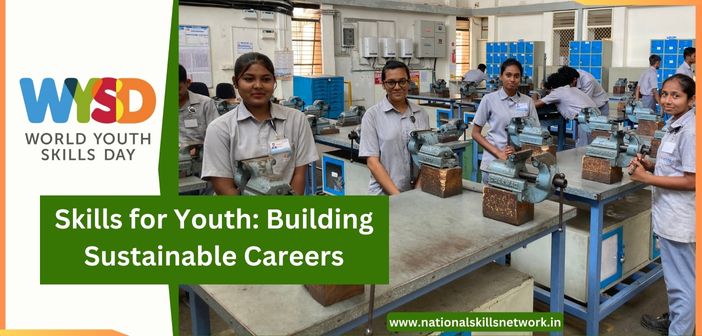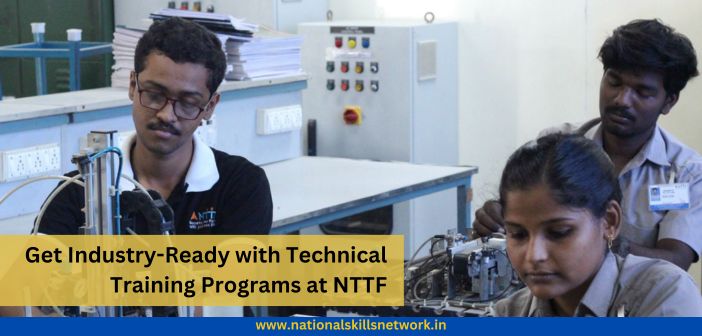From the beginning of December, Fronius will be offering car manufacturers, their suppliers, and integrators the option to outsource prototype construction. In the new prototyping center in Wels (Upper Austria), Fronius welding technology specialists will work with customers to develop the ideal solution for joining their components, starting with the design phase, feasibility studies using simulations, welding process evaluation and welding trials, through various quality checks and project support. In addition to prototype production with all its various phases, Fronius also manufactures smaller quantities of customer components for pre-series production if required. Fronius therefore offers a complete solution for prototype construction.
As a result, car manufacturers can benefit from considerable savings potential, increased efficiency, and minimization of risks. By outsourcing the production of prototypes, development costs, time-intensive labor, and investments in dedicated prototyping centers are eliminated.
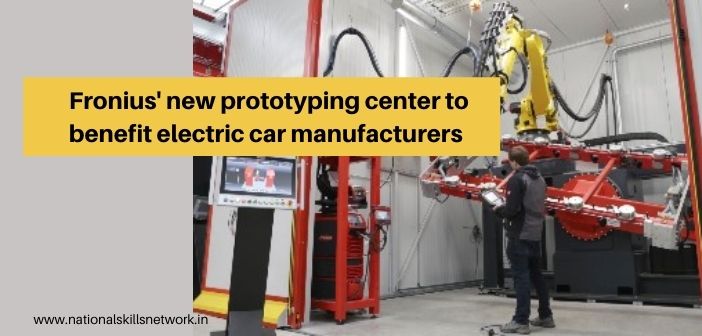
Premium welding technology for prototype construction
Covering more than 900 square meters, the prototyping center provides sophisticated simulation, welding, and measuring technology. This makes it possible to manufacture components measuring up to 3×2 meters and weighing up to 1,500 kilograms. The facilities are sealed off from other areas and guarantee absolute discretion.
One of the two robot welding cells used is equipped with Fronius CMT technology. The heat-reduced welding process is suitable for almost any parent material, especially light-gage sheet metal, and reduces spattering and distortion. The flexible TPS/i welding system platform used for this purpose also allows other welding processes to be employed if required. In addition, the robot cell uses an Acerios surface cleaning system that pre-treats the edges of the components using hot plasma technology. This creates the perfect conditions for high-quality welding seams.
The second robot welding cell features both a laser and a powerful GMAW welding system. In conjunction, the Laser Hybrid process combines the advantages of both worlds and thus offers excellent gap-bridging ability and high welding speeds. Deep penetration and low heat input with minimal component distortion go hand in hand here.
Sensor technology, measurement, and data documentation
Both welding cells are equipped with sophisticated robot assistance and control systems:
- A laser monitoring system mounted on the welding torch ensures that the robot welds in exactly the right location. In case of misalignment, distortion, or tolerances that are common in production, the robot can automatically correct the pre-programmed weld seam path and welding is performed reliably at the correct position.
- Fronius Seam Tracking provides another option. This function reliably detects the component edge through welding torch pendulum movements for fillet and prepared butt welds.
- In addition, the ArcView camera system provides a direct view of the arc, enabling the welding process to be monitored precisely. If necessary, the welder can immediately take corrective action.
- What’s more, an automated weld seam inspection system scans the seam after the welding process and immediately performs a visual quality inspection.
- At the same time, the WeldCube data documentation software monitors and stores all relevant data from the welding process and enables clear traceability of each seam.
Related article: How Big Data is becoming an integral part of welding technologies – Read more: https://nationalskillsnetwork.in/how-big-data-is-becoming-an-integral-part-of-welding-technologies/
In addition to highly developed welding processes and the monitoring of these processes, the component is measured three-dimensionally in a dedicated robot cell after welding, which allows any deviations such as tolerances or distortion to be accurately detected. This precise monitoring of the exact dimensions thus takes place from an early stage in the prototype construction, enabling a quick response and adjustment of various parameters (e.g., welding sequence, welding parameters, and clamping technology) and saving time and costs both during development and in the subsequent production ramp-up. Fronius also offers its customers the option of subjecting the prototypes to metallurgical testing in the laboratory.
